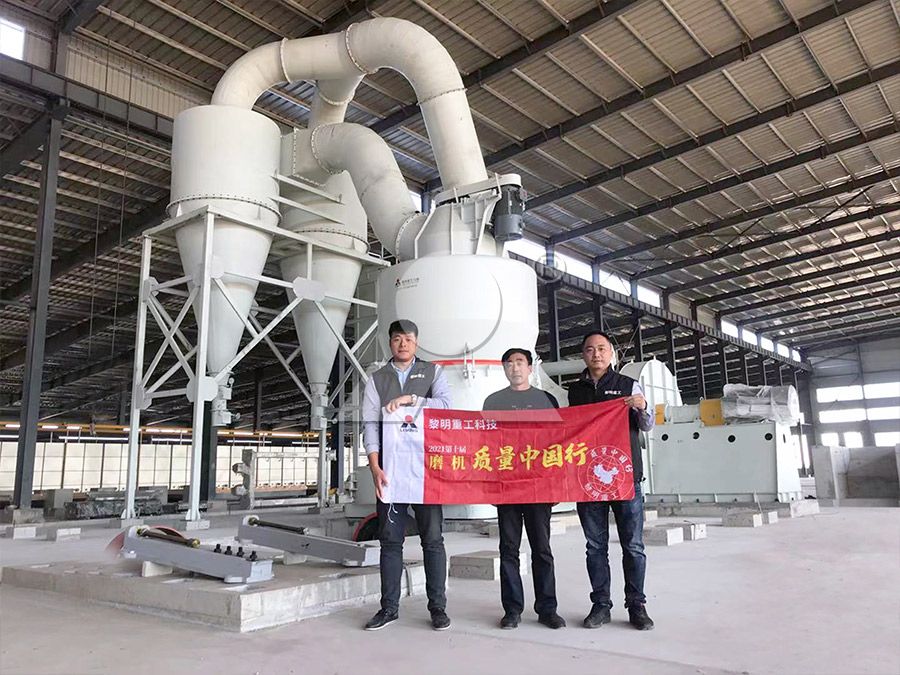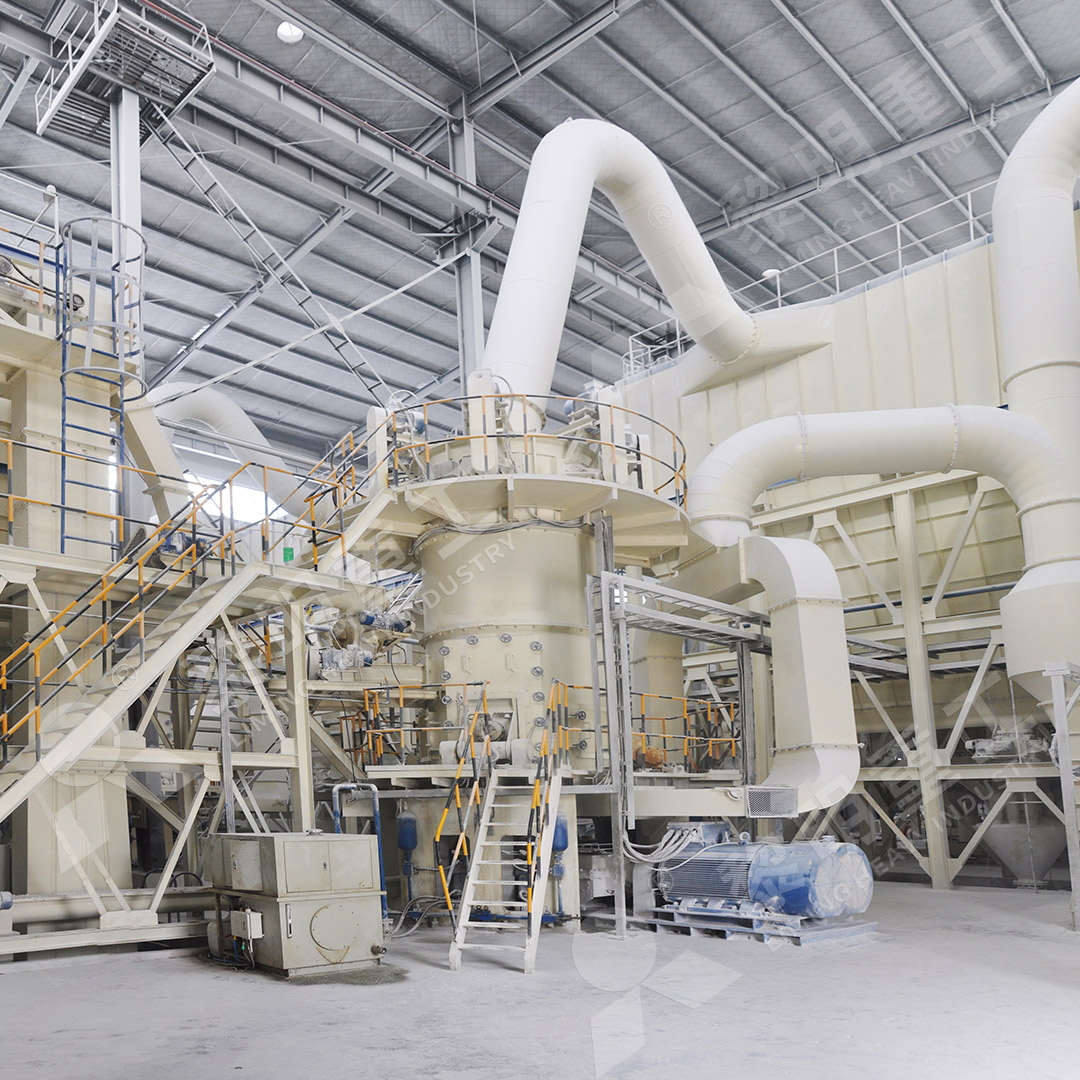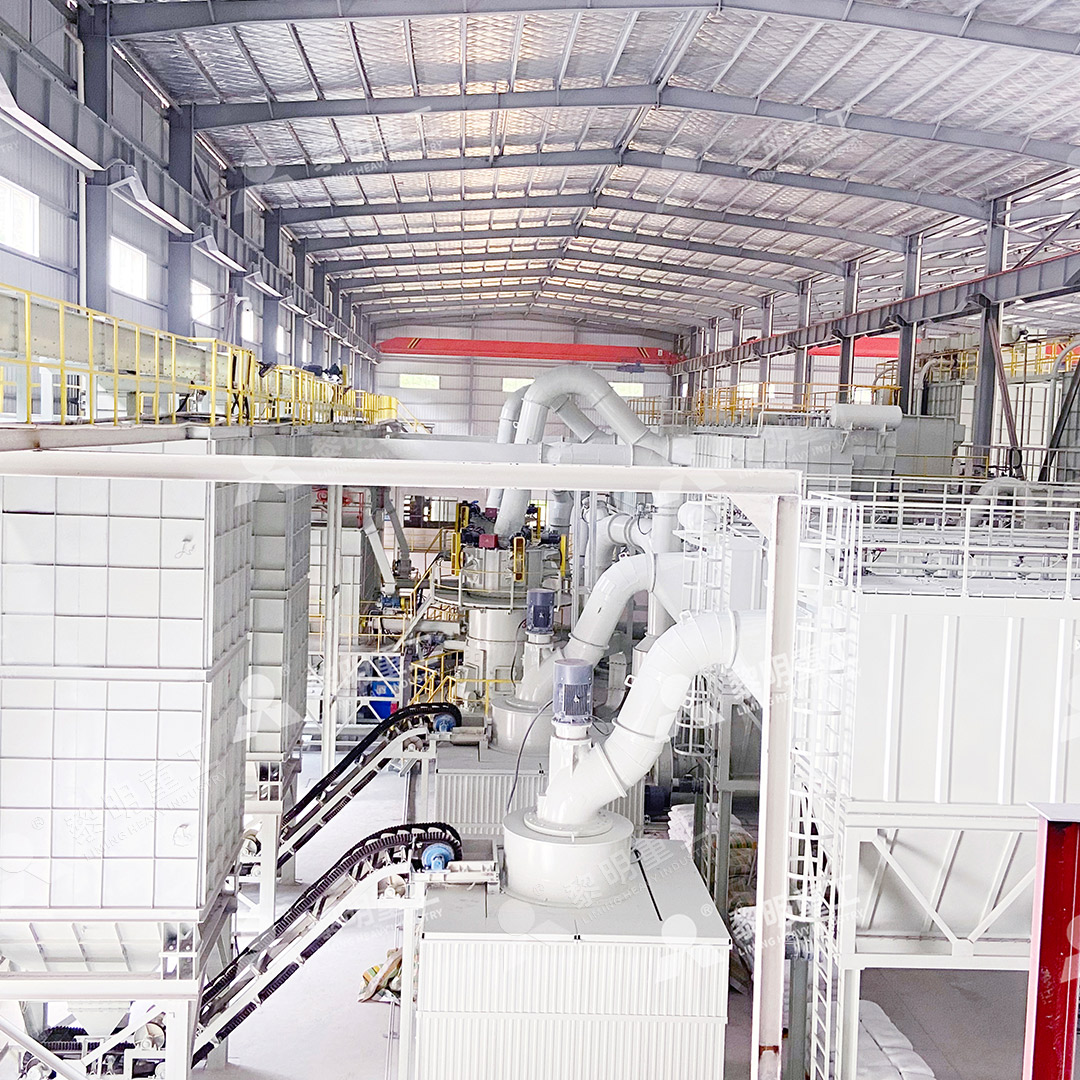How Does a Limestone Grinding Mill Work?
We provide a wide range of mills — including Raymond mill, trapezoidal mill, vertical mill, ultrafine mill, and ball mill, obtained ISO9001 international quality certification, EU CE certification, and Customs Union CU-TR certification. Suitable for processing minerals such as limestone, phosphate, quicklime, kaolin, talc, barite, bentonite, calcium carbonate, dolomite, coal, gypsum, clay, carbon black, slag, cement raw materials, cement clinker, and more.
The discharge range of these mills can be adjusted to meet specific processing needs, typically from 80-400 mesh, 600-3250 mesh, and can achieve the finest particle size of up to 6000 mesh(D50).
If you are looking for a reliable grinding solution to turn stone or minerals into fine powder, please feel free to contact our online customer service.
How Does a Limestone Grinding Mill Work?
Limestone grinding is a fundamental process in numerous industries, from construction materials like cement and concrete to agricultural lime and even fillers in paints and plastics. The core objective is to reduce raw limestone, harvested from quarries in large chunks, into a fine, consistent powder. But how exactly does a mill achieve this? Let’s break down the general working principle.
The Fundamental Grinding Process
While different mill types have unique mechanics, the core principle often involves a grinding element—like rollers or balls—applying immense pressure and shear forces to crush and abrade the limestone particles against a stationary surface. The process typically starts with primary crushing to reduce large rocks to a manageable size, usually below 20-50mm, before they are fed into the mill.

Inside the mill, the material is fed onto a central grinding table or into a raceway. As the table rotates or the rollers turn, the limestone is ground between these moving parts. The fineness of the final product is controlled by factors like the gap between the rollers and the grinding surface, the rotational speed, and the force applied. Simultaneously, a stream of hot air is often blown through the mill. This air serves two critical purposes: it dries the limestone (if necessary) and transports the finely ground powder upwards to a classification system.
The Role of Classification and Collection
This is where the magic of precision happens. The air-powder mixture enters an integrated classifier, often a high-precision, cage-type powder selector. This device acts like a sophisticated sieve, using centrifugal force and airflow to separate particles. Coarse particles that are not yet fine enough are rejected and fall back onto the grinding bed for further milling. Only the perfectly sized, fine powder particles travel with the air to the final collection point, which is usually a large cyclone or a baghouse dust collector. Here, the powder is separated from the air, resulting in the final, market-ready product.

Choosing the Right Mill for Limestone
Not all grinding mills are created equal. For producing standard construction-grade powders, robust options like Raymond Mills or European Trapezium Mills are common workhorses. However, when the application demands ultra-fine powders with high whiteness and purity—such as for high-quality paints, plastics, or cosmetics—a specialized ultrafine grinding mill is required.
For these advanced applications, we highly recommend our MW Ultrafine Grinding Mill. This machine is engineered specifically for customers who need to make 325-2500 mesh ultra-fine powder. It features a German-technology, multi-head cage-type powder selector that ensures precise separation and a consistent fineness. A key advantage is its design without rolling bearings or screws in the grinding chamber, eliminating worries about bearing damage or loose screws causing failures. Furthermore, its efficient pulse dust collector and muffler make the entire operation remarkably eco-friendly, with minimal dust and noise pollution. With an input size of 0-20mm and a capacity ranging from 0.5 to 25 tons per hour, the MW Series is a versatile and reliable choice for high-end limestone processing.

Conclusion
In summary, a limestone grinding mill works by mechanically crushing and abrading the material, then using airflow to transport and classify the powder to achieve a precise particle size. The choice of mill technology is crucial for meeting specific product requirements. For operations aiming for the finest, highest-quality limestone powders with efficiency and environmental responsibility, advanced solutions like our MW Ultrafine Grinding Mill provide the necessary technology and performance to excel in today’s market.
